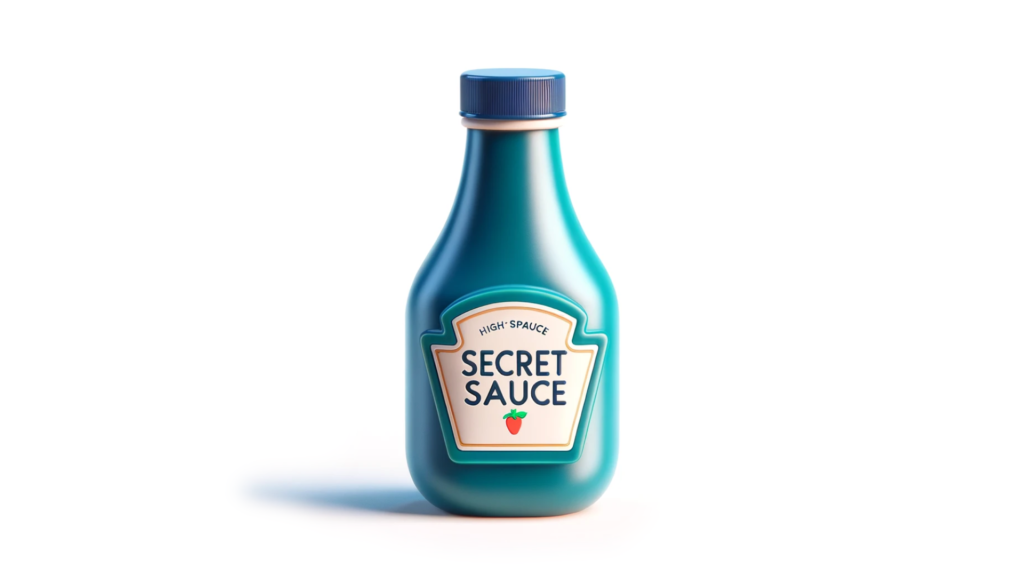User Experience (UX) design is like a giant playground where everyone’s trying to whip up the ultimate, most delicious user-friendly dish. Over the years, various ingredients have popped up, each with its own unique flavor for creating products that users will crave. Today, we’re diving into three secret ingredients: Human-Centered Design (HCD), Design Thinking, and Activity-Focused Design. Ready? Let’s cook!
Human-Centered Design (HCD)
Alright, picture this: you’re concocting a new recipe, and instead of guessing what flavors your guests might enjoy, you actually ask them. Shocking, right? That’s Human-Centered Design in a nutshell. It’s all about putting people at the center of the design process. You dive deep into their tastes, preferences, and even their quirks to create something that’s not just functional but also hits the sweet spot of being meaningful and accessible.
Key Ingredients of Human-Centered Design:
- Empathy: It’s like walking a mile in the user’s shoes, and then some.
- Iteration: Keep tweaking the recipe until it’s perfect. Then tweak some more.
- Co-creation: Users aren’t just the audience; they’re part of the kitchen crew.
The magic happens through empathy (because who doesn’t love a bit of empathy?), lots of prototyping and testing (think of it like baking – you tweak the recipe until it’s just right), and co-creation (yes, users get to play chef too). This approach is used all over the place – from tech startups to healthcare – because, well, it works.

Design Thinking
Next up, we’ve got Design Thinking. Imagine you’re facing a gnarly cooking challenge and need a game plan. Design Thinking is like your Swiss Army knife – it’s a methodology that guides you through understanding the problem, brainstorming like there’s no tomorrow, and then turning those ideas into real, testable prototypes.
Key Ingredients of Design Thinking:
- Empathize: Get up close and personal with user needs.
- Define: Nail down the problem with laser precision.
- Ideate: Think outside the box, and then think outside that box.
- Prototype: Turn ideas into tangible dishes.
- Test: See if your creations sink or swim with real users.
You start by empathizing with the users (get into their heads), then clearly define the problem (no vague goals here, thank you very much), ideate (basically, have a creative free-for-all), prototype (build, build, build), and test (does it actually work? Let’s find out). It’s structured but flexible, making it a favorite for innovation in products, services, and business strategies.
Activity-Focused Design
Now, let’s talk about Activity-Focused Design. Instead of just thinking about who the users are, this approach zooms in on what they need to do. It’s all about making specific tasks easier, faster, and more efficient.
Key Ingredients of Activity-Focused Design:
- Task Research: Dig deep into what users actually do.
- Context of Use: Think about where and how these tasks happen.
- Simplification: Cut out the fluff and make things easy-peasy.
To nail this, you do a deep dive into the tasks users perform (what are they trying to get done?), consider the context (where and how are they doing these tasks?), and then simplify the process as much as possible (nobody likes unnecessary steps). This is especially handy for productivity tools and professional applications where getting things done quickly and easily is the name of the game.
Comparison and Contrast
So, how do these ingredients stack up against each other?
Human-Centered Design vs. Design Thinking: Both are big on empathy and iteration, but HCD is all about bringing users into the design process, while Design Thinking gives you a step-by-step recipe for innovation.
Activity-Focused Design vs. HCD and Design Thinking: HCD and Design Thinking look at the user as a whole, but Activity-Focused Design hones in on specific tasks, leading to super-efficient solutions for specific contexts.
Wrapping It Up
In the end, each of these UX design ingredients brings something unique to the table. Human-Centered Design keeps you in touch with the user’s needs and feelings. Design Thinking offers a structured yet flexible path to innovation. And Activity-Focused Design zeroes in on making user tasks as smooth as butter. By mixing and matching these methods, you can create products and services that are not just usable but truly game-changing. Now go forth and design something amazing!



